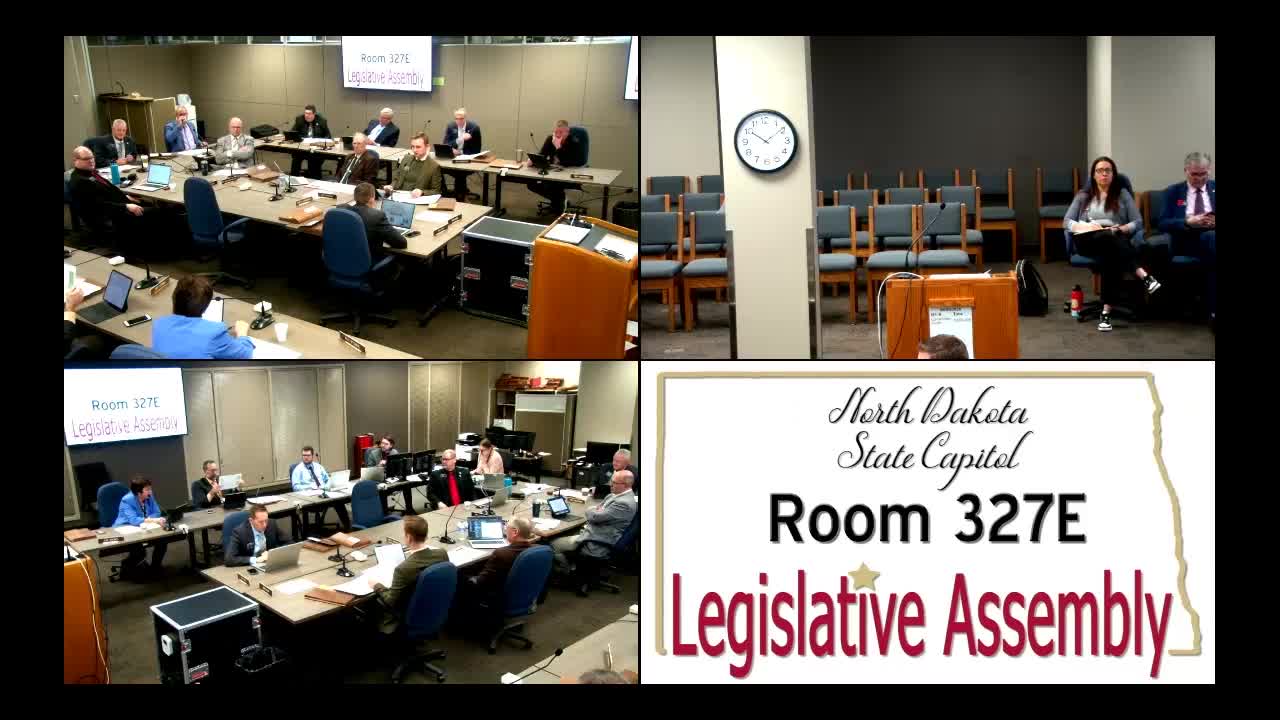Dickinson mayor addresses housing and infrastructure challenges during Bakken boom
April 09, 2025 | Finance and Taxation, House of Representatives, Legislative, North Dakota
Thanks to Scribe from Workplace AI , all articles about North Dakota are free for you to enjoy throughout 2025!

This article was created by AI using a video recording of the meeting. It summarizes the key points discussed, but for full details and context, please refer to the video of the full meeting. Link to Full Meeting
One key point raised was the prediction made in 2008 by former Industrial Commission Executive Director Lynn Helms, who anticipated that Dickinson's population would surge to 42,000. At that time, the city faced a critical shortage of housing, sewer, and water infrastructure. In response, Dickinson took on substantial debt to support development, which included the construction of necessary facilities to accommodate the expected growth.
The discussion also touched on the distribution of oil revenue, with concerns that funds often flow to non-oil counties, potentially at the expense of those directly impacted by oil development. Committee members emphasized the importance of supporting the Bakken region, arguing that the economic benefits should not be overshadowed by disputes over revenue sharing among counties. They noted that while cities like Williston and Minot also needed support, Dickinson had made significant strides in increasing its housing stock since the onset of the oil boom.
Additionally, the committee acknowledged the role of local airports in facilitating growth, as increased air traffic has been a direct result of the oil industry. The need for continued investment in infrastructure was a recurring theme, with members advocating for a balanced approach that recognizes the contributions of oil counties while addressing the needs of the entire state.
In conclusion, the meeting highlighted the complex interplay between rapid economic growth, infrastructure demands, and revenue distribution in North Dakota. As the state continues to navigate these challenges, the discussions underscored the necessity for collaborative efforts among counties to ensure sustainable development and equitable resource allocation moving forward.
Converted from House Finance and Taxation Apr 9, 2025 meeting on April 09, 2025
Link to Full Meeting
Comments
View full meeting
This article is based on a recent meeting—watch the full video and explore the complete transcript for deeper insights into the discussion.
View full meeting
